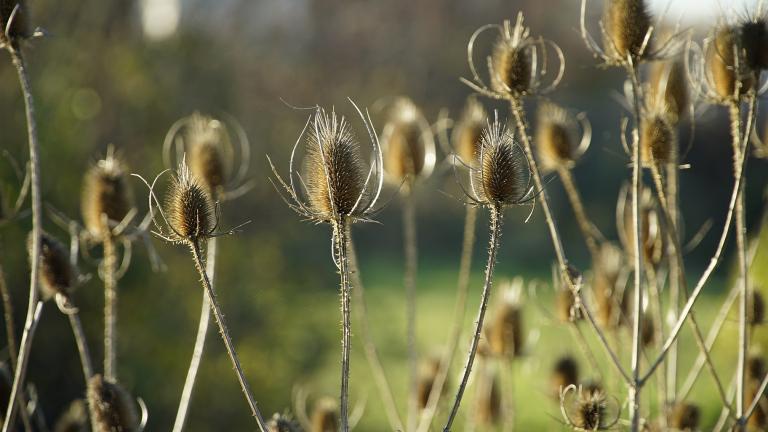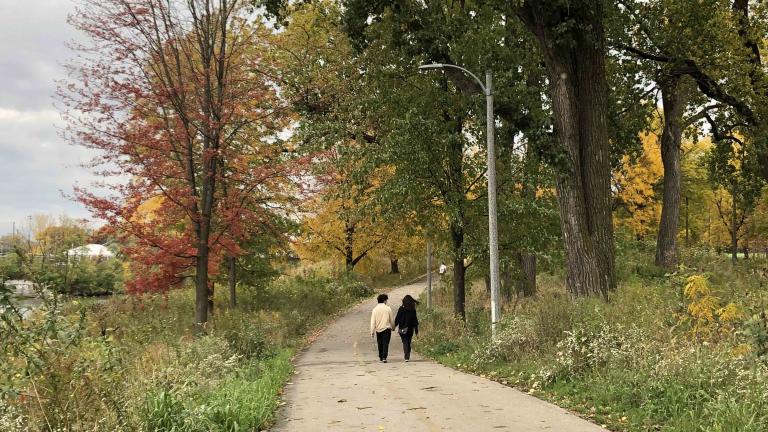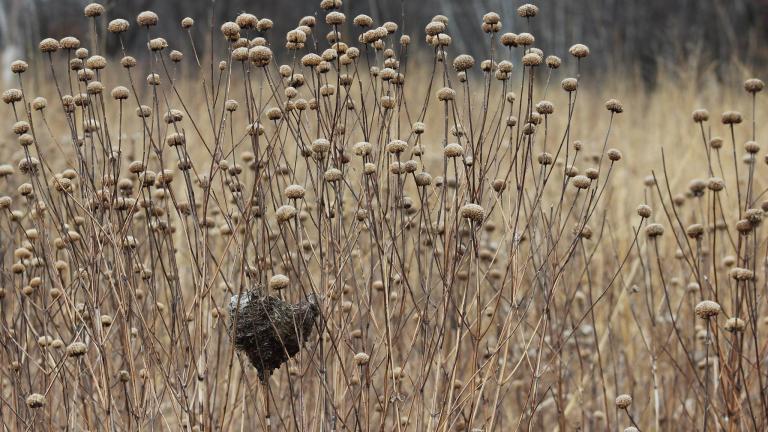According to the unofficial “12 seasons of Chicago,” we might be experiencing second or third winter. But there’s one place spring has most definitely sprung: the Chicago Botanic Garden, where the orchid show is now underway.
“It’s cold, it’s dreary and what better way to attract visitors,” said Jodi Zombolo, associate vice president of visitor events and programs.
People are craving color, and orchids have that and more in spades.
“You can show them in so many different ways,” Zombolo said. “It’s one of the most diverse plants in the world.”
There are orchids with spots and stripes, ruffles and tendrils, with big showy blooms and small delicate petals. Some grow on rocks, others climb trees; some have playful names like “monkey face,” others are elegant like “dancing lady.”
Visitors to the garden will find orchids of every description hanging in swags, dangling like disco balls, twining up columns and even fanning out in circles to form a “telescope.”
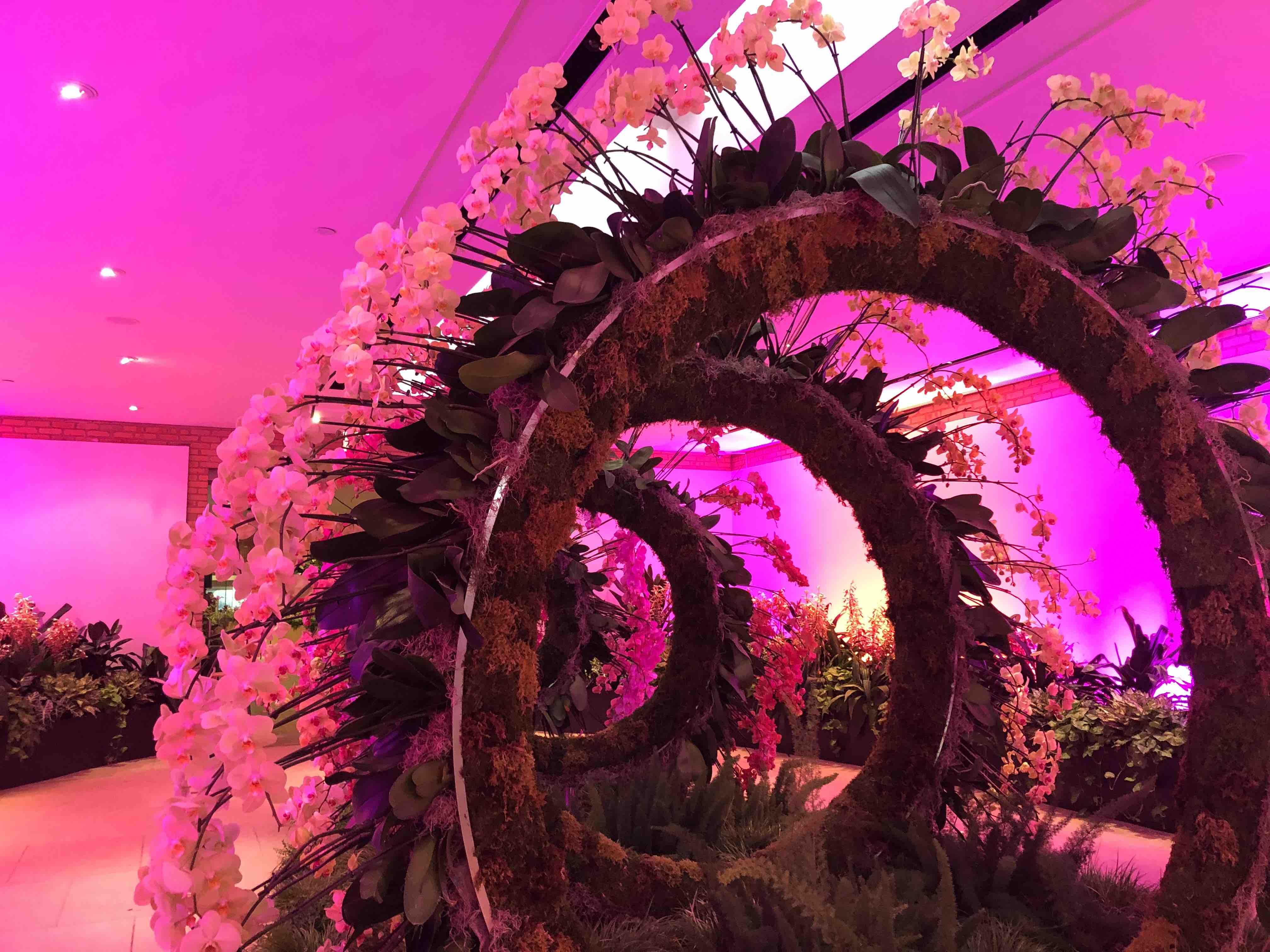 The telescope-shaped "Halo" is one of the highlights of the Chicago Botanic Garden's orchid show. "As soon as we opened ... you could see the logjam there," said Jodi Zombolo. "You can't help but stop and want to take a photo there." (Patty Wetli / WTTW News)
The telescope-shaped "Halo" is one of the highlights of the Chicago Botanic Garden's orchid show. "As soon as we opened ... you could see the logjam there," said Jodi Zombolo. "You can't help but stop and want to take a photo there." (Patty Wetli / WTTW News)
“You always want to show something different,” said Zombolo, who’s part of a cross-departmental team that plans the annual exhibit. “You’re thinking of ways to showcase the orchid in a fun way, in an attractive way but also in an educational way.”
This year’s theme, “Magnified,” encourages visitors to look at orchids through a different lens, literally.
Magnifying glasses, “fun-house” mirrors and Fresnel lenses (used in lighthouses) have all been incorporated into the show, distorting and exaggerating the orchids’ features.
“There are so many intricacies about the orchid that are so tiny, you can’t see them with the naked eye,” Zombolo explained. “So all of these things play off that — all the ways you can show the big qualities of the orchid. … People are having a lot of fun interacting with it. You watch the people going through, and it’s amazing. You watch their pure joy of looking at these flowers and reveling in them.”
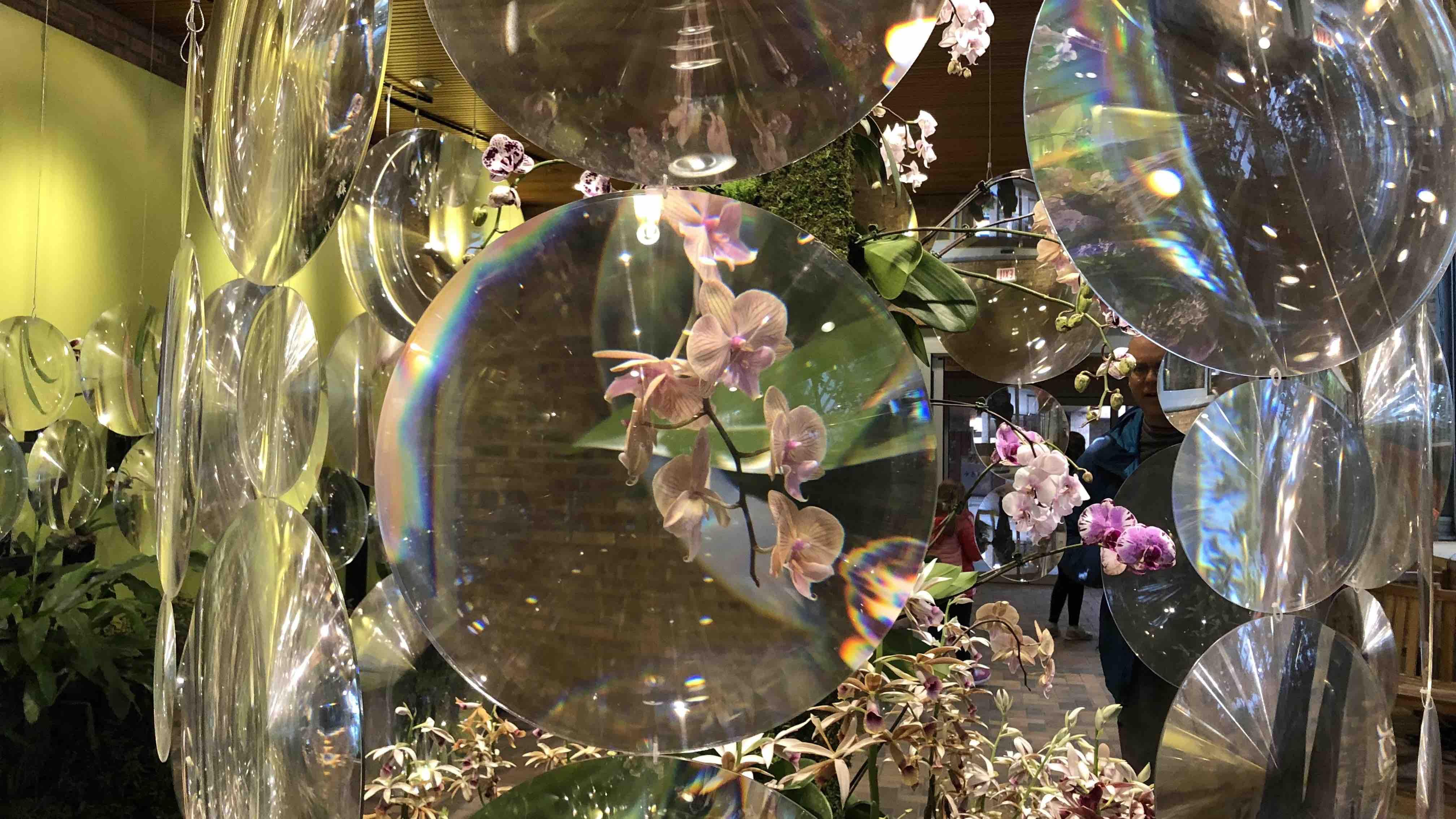 Fresnel lenses, found in lighthouses, are used in the orchid show to magnify the flowers' features. (Patty Wetli / WTTW News)
Fresnel lenses, found in lighthouses, are used in the orchid show to magnify the flowers' features. (Patty Wetli / WTTW News)
The vast majority of the 10,000 blooms in the show are hybrids sourced from nurseries across the U.S., but some of the orchids didn’t have to travel far at all. They were grown in the garden’s Orchidarium, one of 26 greenhouses onsite.
Compared with the show’s highly stylized, manicured presentation of orchids, the Orchidarium has an almost casual Friday vibe. Hoses snake across the floor, and tables are loaded with pots and trays of seedlings. In the back of the room, towering orchid specimens are tethered to what look to be rolling clothing racks, a set-up that gives the air plants’ roots room to breathe — container-free — as they cascade toward the floor.
Orchid floriculturist Johanna Hutchins oversees the Orchidarium, which isn’t open to the public, tending to the garden’s collection of more than 1,800 orchid plants, representing some 700 unique species. In some ways, it’s her own private orchid show.
If that sounds like a dream job, Hutchins confirms it is.
“Every day when I come into the Orchidarium, there’s something new blooming and something new for me to smell and something new for me to get excited about,” Hutchins said. “I’m incredibly lucky to get to work with these fantastic plants every day.”
Hutchins fell in love with plants as a kid, traveling to national parks and just generally spending time outdoors in nature. Orchids in particular won her over thanks to their sheer variety, something like 25,000 different types of orchids, adapted to very different environments.
“One thing that a lot of people don’t seem to realize is we do have over 40 species of orchids that are native to Illinois,” Hutchins said. “There’s one native Illinois species that blooms in the summer, but it has a leaf in the winter. This can get covered in snow and it will still survive. So there are a lot of really cool plants even within our own state.”
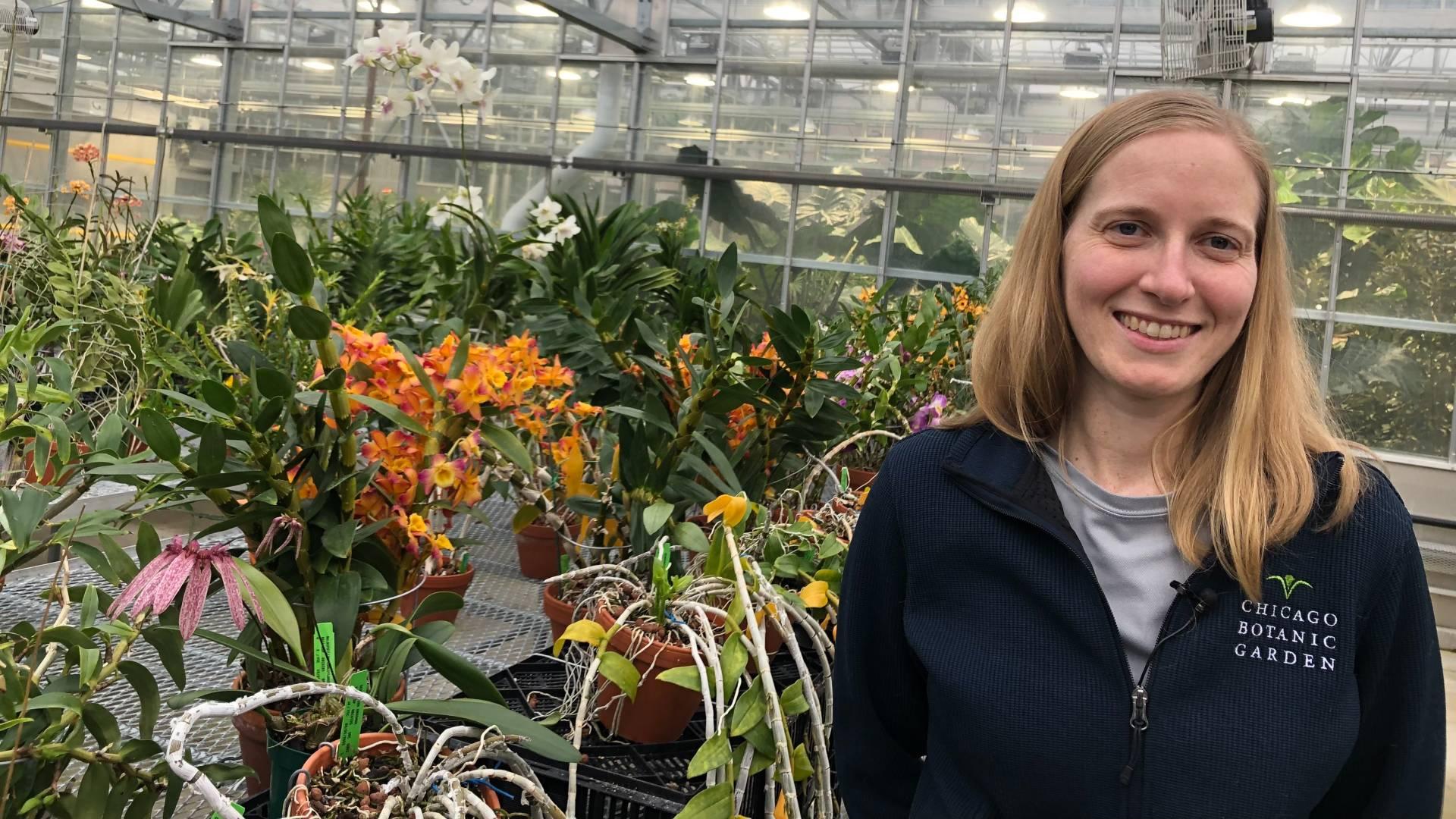 Floriculturist Johanna Hutchins in the Chicago Botanic Garden's Orchidarium. (Patty Wetli / WTTW News)
Floriculturist Johanna Hutchins in the Chicago Botanic Garden's Orchidarium. (Patty Wetli / WTTW News)
As guests make their way through the orchid show, they’ll come across a handful of spaces that have been set aside for plants from the garden’s collection. Hutchins rotates them weekly, depending on what’s in bloom.
As opposed to the mass-produced hybrids, the orchids she “loans” to the show from the Orchidarium are typically difficult to grow commercially — yes, orchids even stymie professionals — or are hard to find in nature.
“We do have some threatened and rare species in the collection. A lot of the Paphiopedilum or slipper orchids that we have are threatened in their natural habitats, largely due to poaching,” Hutchins said. “A little closer to home, we actually do have some ghost orchids, which were made popular by the book, ‘The Orchid Thief,’ and the movie that followed.”
Because orchids rely heavily on mycorrhizal fungi and in some cases very specific pollinators for their survival, they’re excellent indicators if something’s gone awry in their natural habitat, Hutchins said.
Having representatives in collections like the Botanic Garden’s provides an opportunity to study each plant’s quirks.
“(It) allows us to try and find out more information about how to grow them, what they need in their natural environment and then perhaps why they’re having issues,” Hutchins said. “There’s always something new to learn both about the plants that I’m growing and how to better take care of them.”
The Botanic Garden continues to expand its collection through donations, exchanges with other institutions and purchases from reputable breeders. Hutchins has also just started experimenting with growing orchids from seed.
“That’s a long process,” Hutchins said. “Some species only take a couple of years to grow from seeds but others can take five to 10 years. So we’re starting small and we’re going to work our way up.”
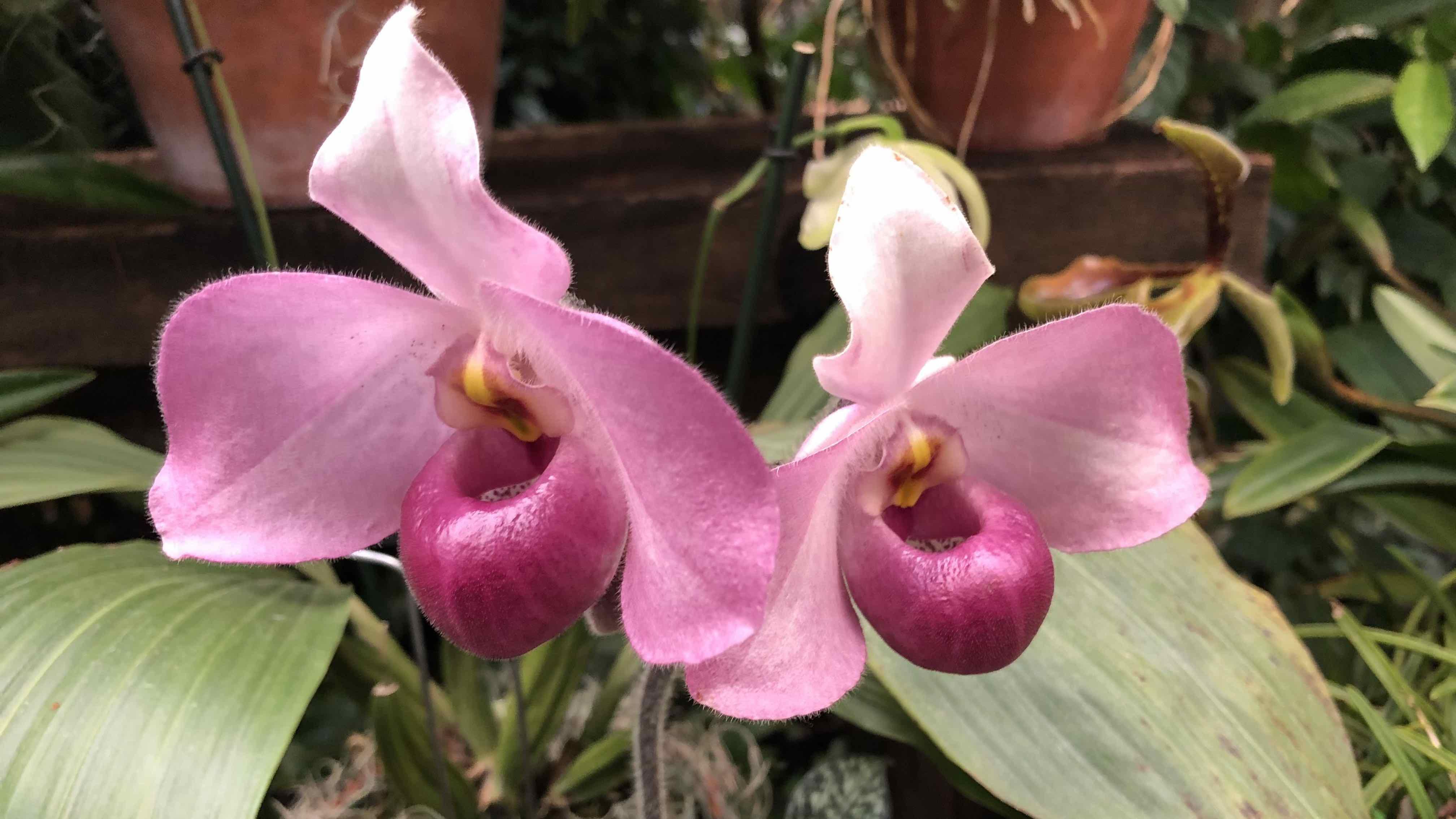 Enchanting slipper orchids from the Orchidarium have made their way into the orchid show. (Patty Wetli / WTTW News)
Enchanting slipper orchids from the Orchidarium have made their way into the orchid show. (Patty Wetli / WTTW News)
For those looking to Hutchins for tips on how to care for an orchid at home, her biggest piece of advice is “Do your homework.”
“Orchids are generally thought of as difficult to grow ... but I think it’s more that you need to find the right plant for your environment,” Hutchins said. “Once you do that, look up the information on where the orchid grows in the wild and try and recreate that.”
That said, Hutchins isn’t the sort to take her work home with her.
“I feel like people who work with plants are either one of two people: They either have a house full of plants or they have a house with zero plants,” she said, placing herself in the latter camp. “The only orchid I have at home is a LEGO orchid.”
“The Orchid Show: Magnified“ runs daily through March 26 at the Chicago Botanic Garden. Orchids from the show then go on sale March 30.
Photo Gallery
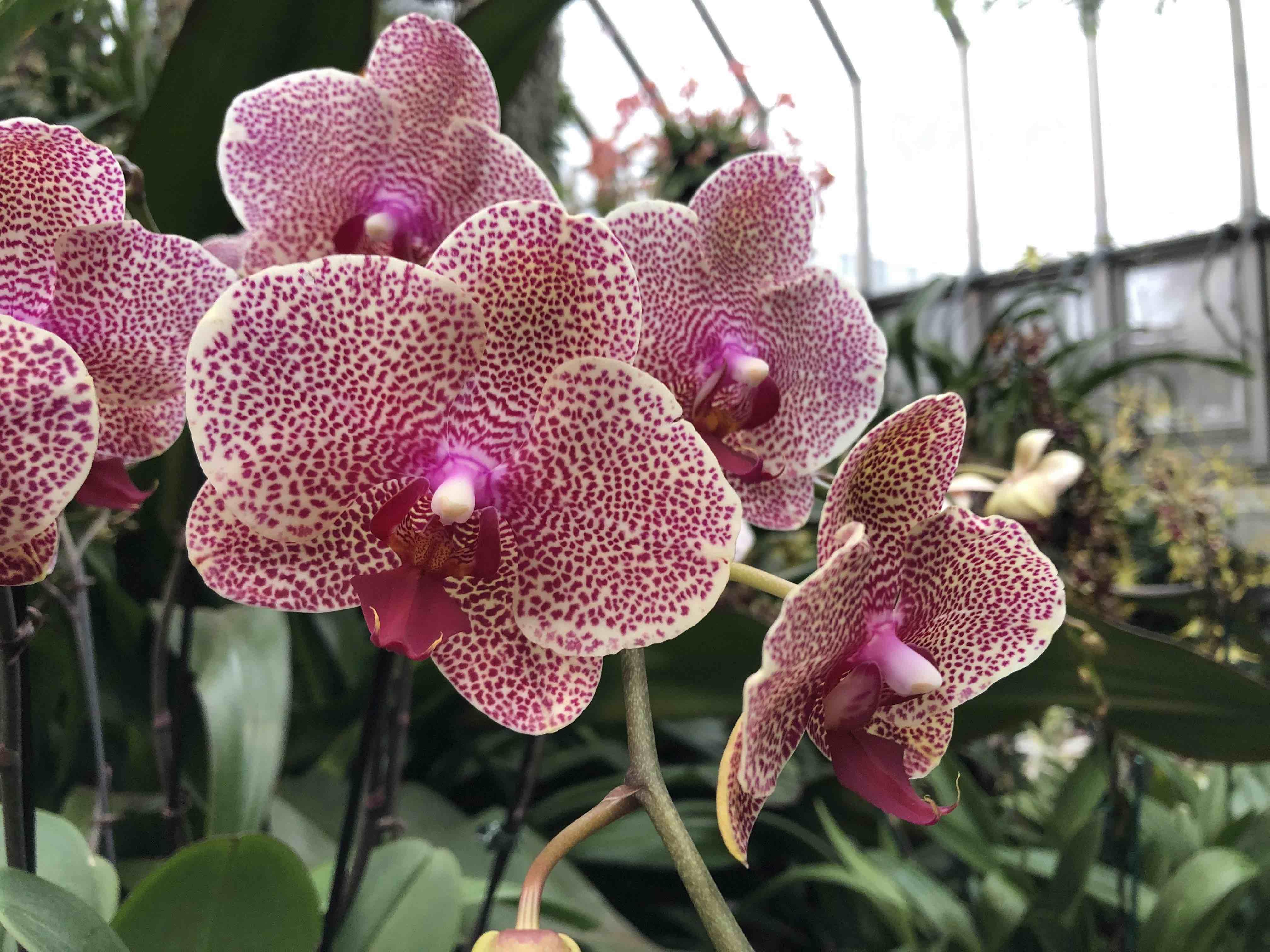 The Chicago Botanic Garden's orchid show is a colorful sight for winter weary eyes. (Patty Wetli / WTTW News)
The Chicago Botanic Garden's orchid show is a colorful sight for winter weary eyes. (Patty Wetli / WTTW News)
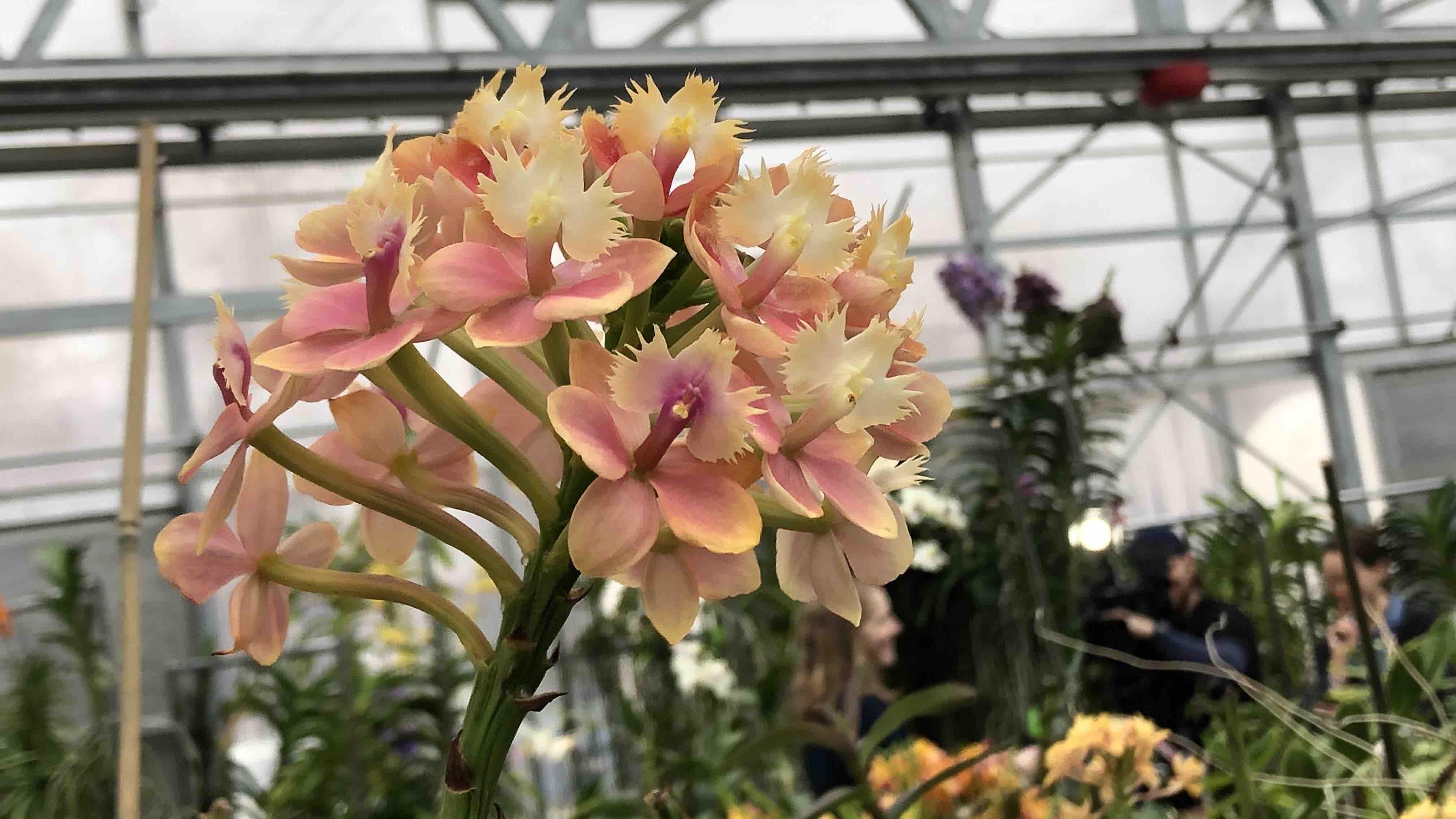 The Orchidarium is one Chicago Botanic Garden's 26 greenhouses. (Patty Wetli / WTTW News)
The Orchidarium is one Chicago Botanic Garden's 26 greenhouses. (Patty Wetli / WTTW News)
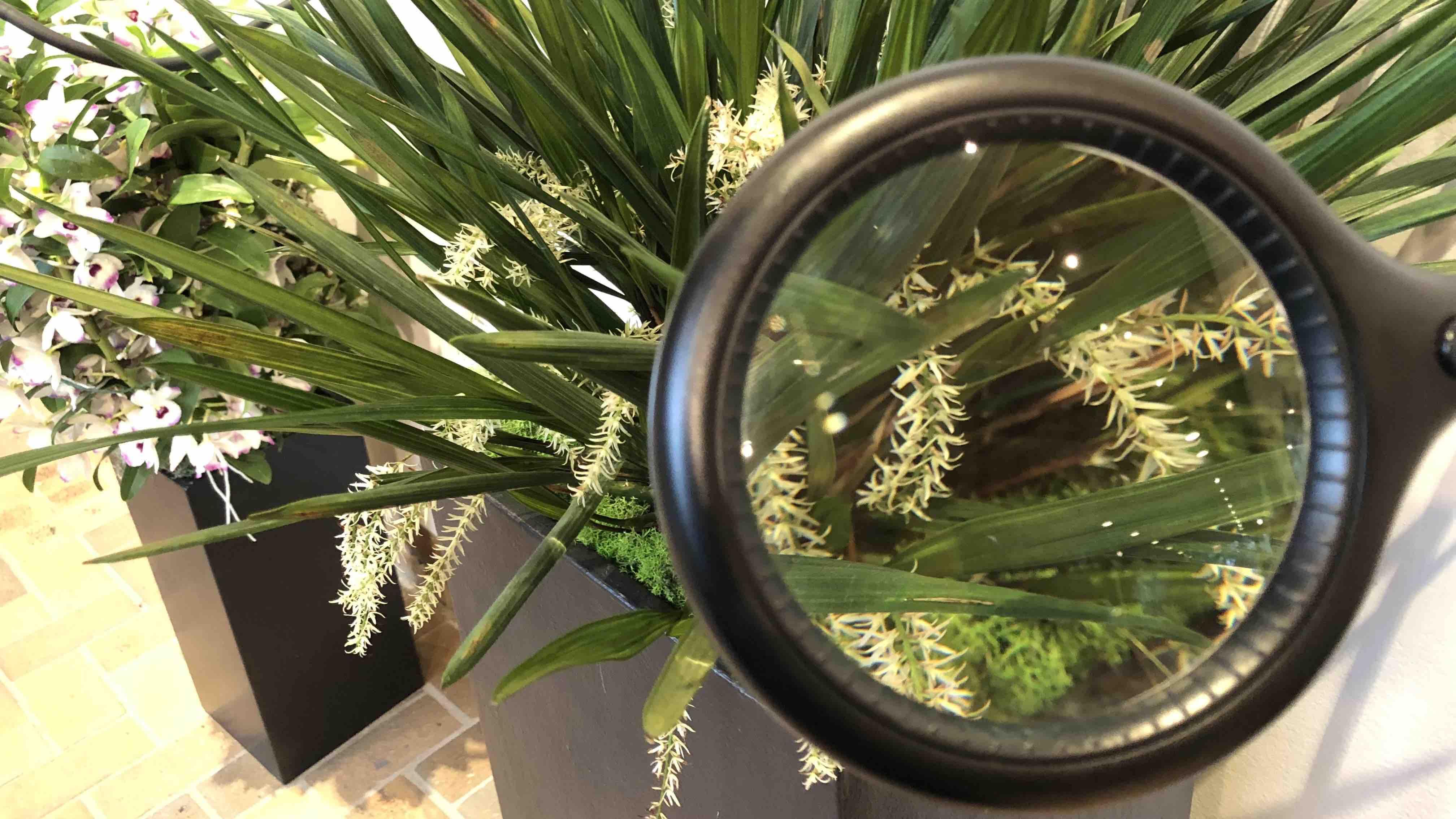 Magnifying glasses have been incorporated into another section of the orchid show, aptly titled "Magnified." (Patty Wetli / WTTW News)
Magnifying glasses have been incorporated into another section of the orchid show, aptly titled "Magnified." (Patty Wetli / WTTW News)
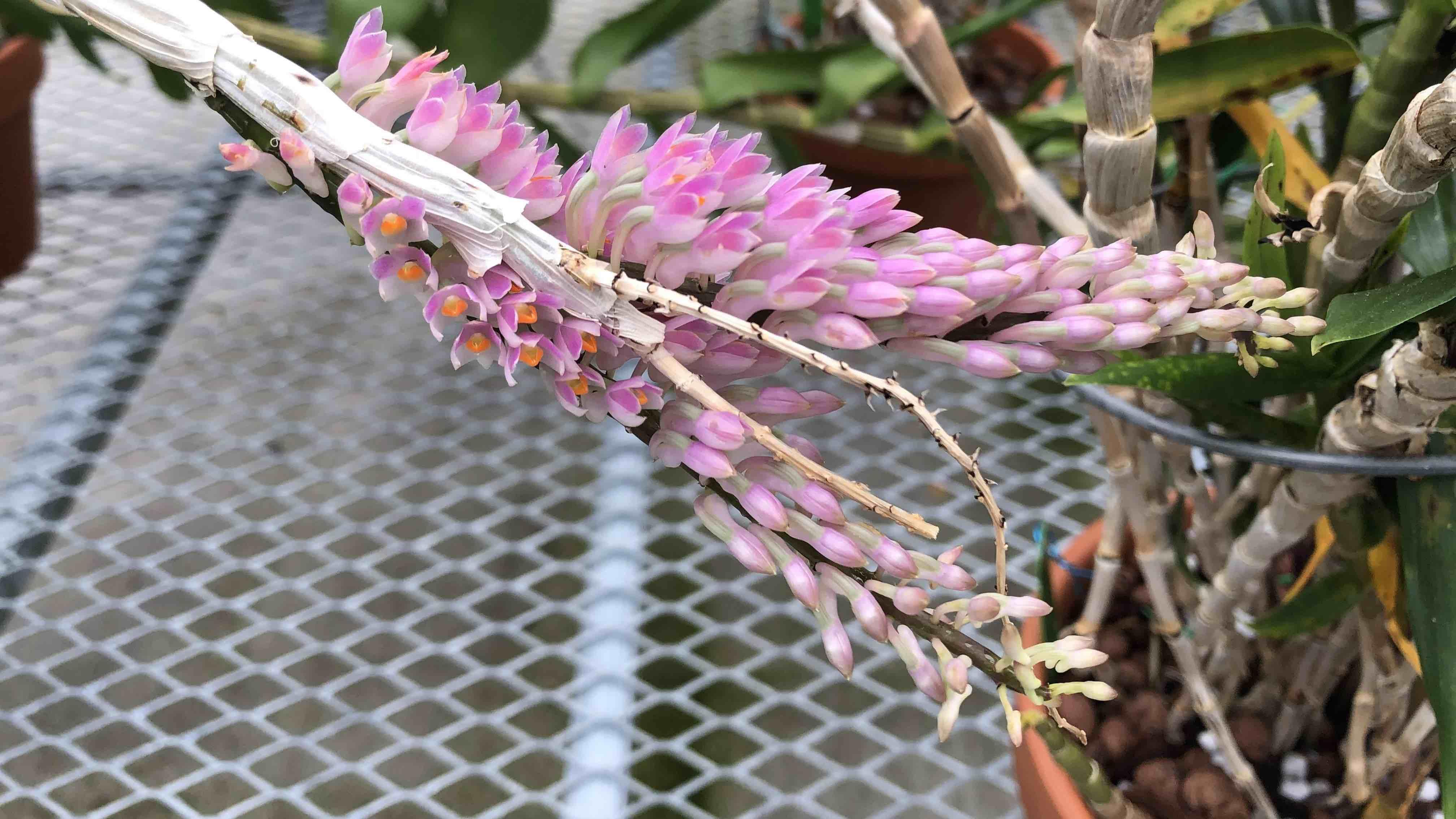 Orchids come in a wide range of colors, shapes and sizes, including this specimen from the Chicago Botanic Garden's Orchidarium. (Patty Wetli / WTTW News)
Orchids come in a wide range of colors, shapes and sizes, including this specimen from the Chicago Botanic Garden's Orchidarium. (Patty Wetli / WTTW News)
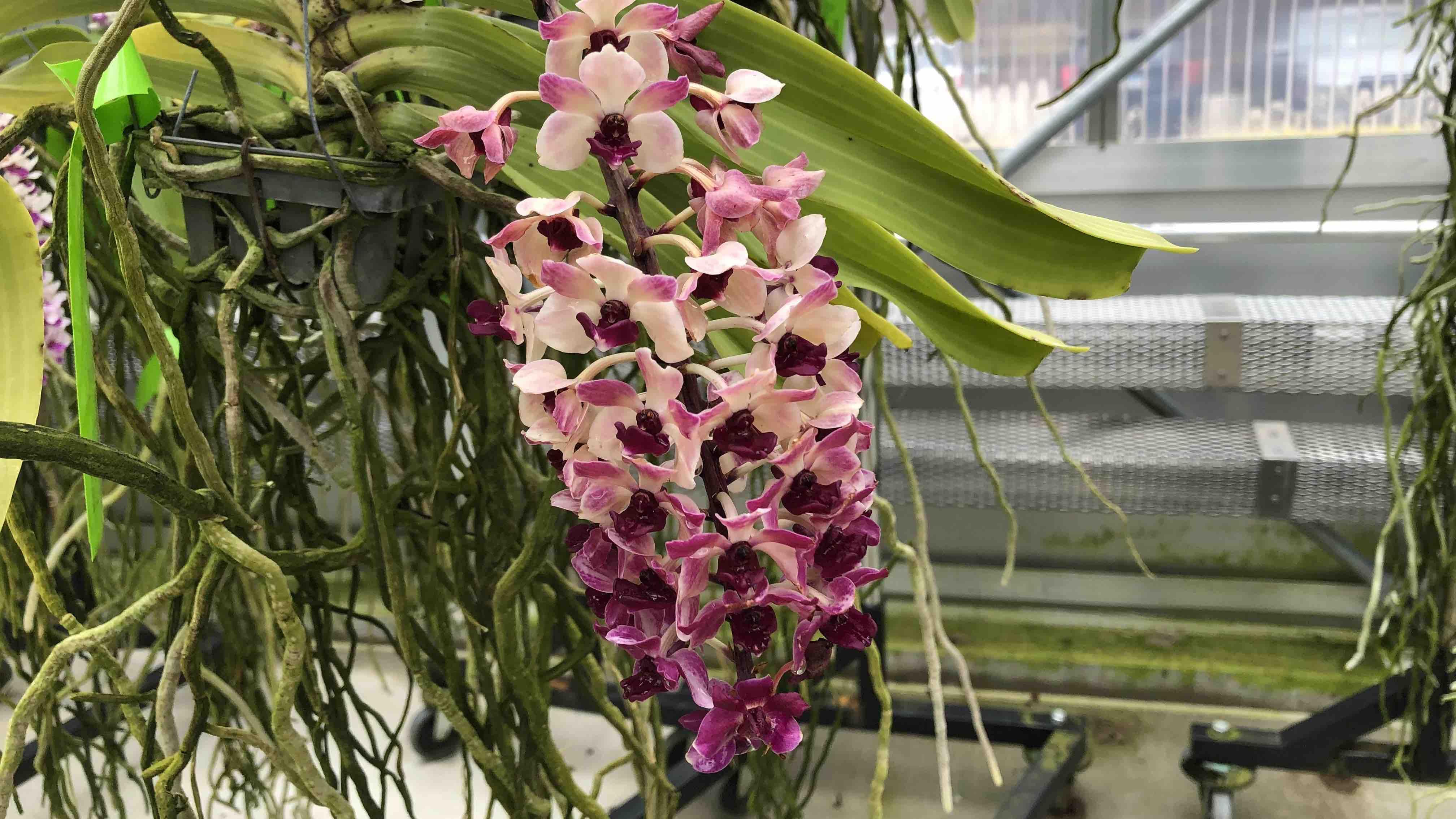 One of the 700 species of orchids in the Chicago Botanic Garden's collection, housed in the Orchidarium. (Patty Wetli / WTTW News)
One of the 700 species of orchids in the Chicago Botanic Garden's collection, housed in the Orchidarium. (Patty Wetli / WTTW News)
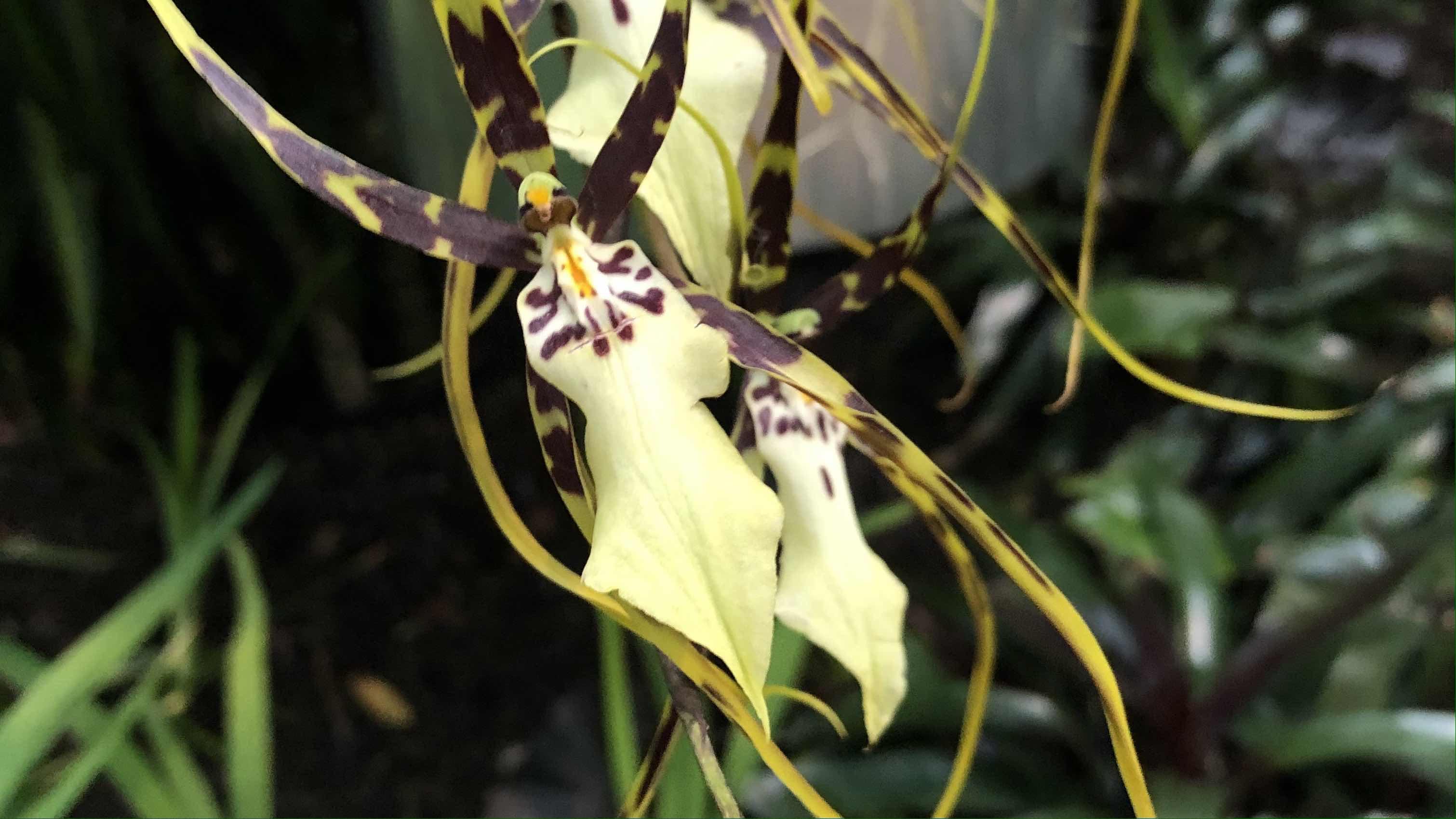 Seen one orchid, you haven't come close to seeing them all. It's one of the most diverse groups of plants. (Patty Wetli / WTTW News)
Seen one orchid, you haven't come close to seeing them all. It's one of the most diverse groups of plants. (Patty Wetli / WTTW News)
 (Patty Wetli / WTTW News)
(Patty Wetli / WTTW News)
Contact Patty Wetli: @pattywetli | (773) 509-5623 | [email protected]



